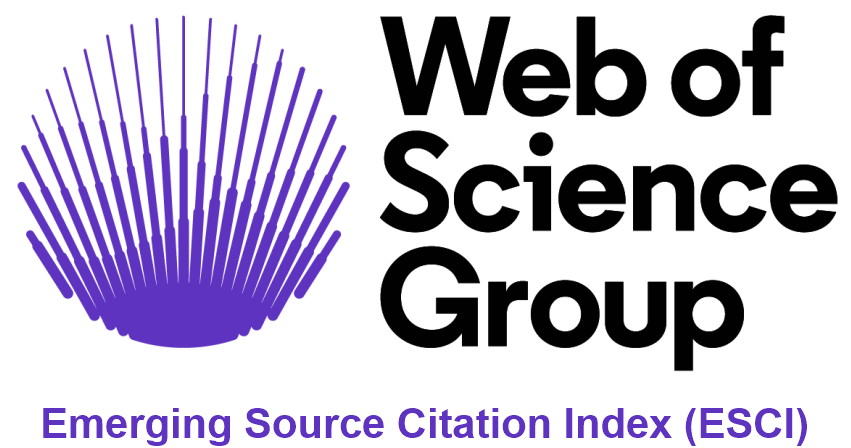Indigenous people in cyberspace
Abstract
The use of digital technologies has become a two-faced coin that reflects the socioeconomic and political reality of the country. One face shows the generalized exclusion from cyberspace for most of the indigenous population, and the other presents multiple opportunities that indigenous towns, communities, and individuals have, in order to improve their collective and personal living conditions. In this study we reflect upon the organizational experience of indigenous peoples in Latin America and México, with regards to the appropriation of New Information and Communication Technologies (NICTs), as well as the use they make of them. Traditional and virtual ethnography methods were used, with qualitative participant observation and on-line observation techniques. Results indicate that the knowledge and use that indigenous people have of NICTs and how they use them are part of the inclusion and participation in the information highway, as well as the ethnic and cultural revitalization taking place within the national and international context.
Downloads
Published
How to Cite
Issue
Section
License
Authors who publish in this journal accept the following conditions:
- The authors retain the copyright and transfer to the magazine the right of the first publication, with the work registered with the Creative Commons attribution license, which allows third parties to use what is published as long as they mention the authorship of the work and the first publication in this magazine.
- Authors may make other independent and additional contractual arrangements for non-exclusive distribution of the version of the article published in this journal (e.g., including it in an institutional repository or publishing it in a book) as long as they clearly indicate that the work It was first published in this magazine.
- Authors are permitted and encouraged to publish their work on the Internet (for example on institutional or personal pages) before and during the review and publication process, as it can lead to productive exchanges and greater and faster dissemination of the work. published (see The Effect of Open Access).













